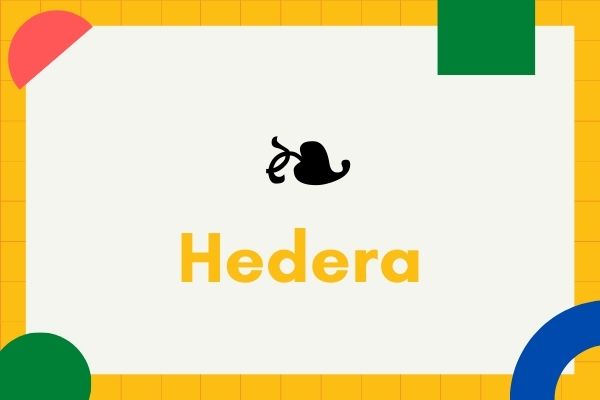Make a mark
- POSTED ON: 1 Jan, 2021
- TOTAL VIEWS: 522 Views
- POSTED BY: Bhavya Venkatesh
- ARTICLE POINTS: 100 Points
You know the question mark, the exclamation mark, the full stop, the semi-colon, and so on, but how many of these uncommon typographic symbols and punctuation marks do you recognise? While some of them are obsolete, others were proposed but not necessarily universally adopted. Scroll down to learn more and don’t forget to complete the interactive task at the end.

An asterism (⁂) is a nearly obsolete punctuation mark, as many publishers typically don’t use them anymore. The symbol can be used to draw attention to a passage of text that follows it. It could also be used to divide chapters, stories and so on.

The hedera (❧) is a curious little mark. While it was used in the early days to signify a break between paragraphs, it is rarely used these days. Nowadays, people opt for more simple markings to show paragraph breaks. Don’t you think it looks lovely and ornamental, though?

This unconventional punctuation mark, often represented by ?! is called the interrobang (‽). A combination of the question mark and the exclamatory mark, it is used to indicate a sentence that is both a question and an exclamation. It combines emotions such as doubt, confusion, surprise, amazement and wonder. For example: Did I really win the first prize‽

The reverse question mark or the irony mark(⸮) is used to indicate that a sentence is ironical — that it has a double meaning or that it means the opposite of what it says. For example, after losing a lot of money after investing in a company, Rhea could say: ⸮Investing in this company was such a great decision — it made me so rich.

You must be familiar with the exclamation mark (!) but what is the acclamation mark? This punctuation mark was proposed to indicate approval, goodwill or welcome. For example: I’m so glad to see you [acclamation mark]

You might have used this symbol while writing, but you may not know what it is called. The caret (^) is used to indicate that something is missing and should be inserted. You can find it in the keyboard as well, right above the number 6.